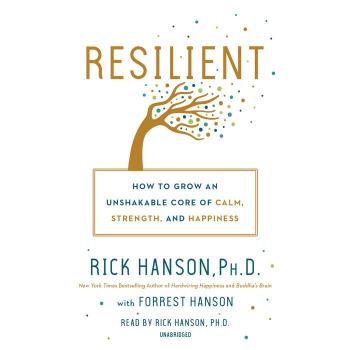
This book was interesting and informative for the pastor who wants to start another church (21). The book is divided into six sections. Each section describes the process of starting a new church. They form a cycle, when properly followed lead to the birth and growth of a new congregation. The cycle includes: (1) creating a healthy environment, (2) identifying the called-out, (3) equipping the church planter, (4) mobilizing, (5) planting, and (6) multiplication. Each section had its own “jewels” of insight that ever pastor could find helpful.
First, the book recounts the story of the author. Saurez was born in Cuba and so he shares with us his spiritual pilgrimage. Noting that every pastor should be ready to share their own story, this was a great example of witnesses.
The book is loaded with statistics. The fact that ninety-five percent of Canada is unchurched is an alarming statistic. Statistics are revealed about the decline in churches in the United States and the shift in generations (49-52). Suarez also shares the numbers of growing populations in the United States, including a breakdown by race and ethnic group (269-275). The most interesting information in the first section was the ability to calculate the unchurched population of the area where a pastor wants to start a church (57). Calculating this number has often baffled me, but Suarez gives me a very easy formula.
The book is helpful in identifying the various reasons for planting a new church. He shares the fact that church planting, while difficult, can be a great joy. Then he lists the practical, biblical, sociological, and missiological reasons.
Saurez spends some time explaining the need for discovering and equipping church planters. It is in these following chapters where Suarez reveals his experience as a church planter. Suarez makes the point that church planters are not successful because they create large churches, but because God called them to the task of church planting (94). This reviewer was encouraged to see that of the qualities listed for a church planter, Suarez listed this first. He also described the fact that churches are planted by a group of people, not just a leader. He also shares a variety of ways a team can form. He also lists a variety of types of church planters who plant a church (107-110).
This book is also helpful to the reader, not just because of its writing style, but because throughout the book there are many charts to guide the reader along. I enjoyed reading these charts. He shares the six principles of church multiplication at the beginning of each section. He shares a few charts that deal with culture. For example, Chart 1 (79) shares the preferences of the first and second generation cross-cultural population. Chart 2 (81) reveals the segments of culture and the inter-relationships of culture. Culture should not be dismissed when it comes to church planting because it affects communication (Charts 3 and 4) (82-83). Suarez shares the sad statistics about baptism (129-130) to reveal the need for evangelism in churches.
One important insight was the inter-relationship between the lead church (or sponsoring church) and the church plant. He goes into details about the kids of relationships they may have. He describes the roles they each play and follows the chapter up with a sample partnership agreement (164-168). He correctly visualized the bridge to culture (205) and the process of assimilation for the church like doors into the church (218). One chart showed the process for church growth (Chart Nine) – which is similar to other process driven church systems (think Purpose Driven Church). Yet Saurez also shares the spiritual growth process for the individual (Chart Ten). This chart (243) could serve as a church growth process as well.
The hermeneutical foundation was very strong. Saurez shares the biblical basis for church planting and multiplication and gives many examples from Scripture. Scripture is quoted throughout the book. This reader did not have any major disagreements with the author. However, one would suspect that the statistics are now dated. An update to this resource would be much appreciated.
The title of the book is appropriate. The author wrote in such a way that it would challenge any pastor to start a church. This book compliments other books about church planting such as Purpose Driven Church, Spin-Off Churches, Churches That Multiply, How to Multiply Your Church.
For a church planter or pastor who is interested in starting a multi-ethnic church, this author would be a great resource. Indeed, this book would be helpful. Even for churches who want to start other language group churches, this book would be helpful. The book does not end on the last page. Suarez has allowed the learning to continue online. He provides a way for the reader to download lessons from the Internet (21). In this digital age, any book which eventually leads to a conversation online is always welcome.












